Of the 11 children in the Sherman family, red-haired Cump was the studious one. He read books and studied mathematics and Latin, while his younger brother John got into fistfights.

No one could have imagined that Cump would grow up to become famous as a fighter and a soldier. Yet, although William Tecumseh “Cump” Sherman is best remembered for his military role in the Civil War (1861– 1865), he was a thinker, too. He fought for the country because he cared deeply about the promise of the American nation.
Cump was born on February 8, 1820. His father, a well-known lawyer and judge on the Ohio frontier, died nine years later. His mother could not take care of her children alone, so Cump went to live with family friends. His foster father, Thomas Ewing Sr., was a prominent politician. He introduced Cump to congressmen, senators, cabinet officials, and even presidents. He also pulled some strings and got his teenaged foster son an appointment to the U.S. Military Academy at West Point in New York. Cump hoped to become an officer in the U.S. Army.
As a child, Cump had watched his father and his foster father manage the country’s affairs through law and politics. As a cadet at West Point, he learned how to serve the country through military service. He was an excellent student. He didn’t care much about how neatly he dressed or how well he behaved, however. In a school based on obeying rules, that approach got him into trouble. Yet, he managed to graduate close to the top of his class in 1840.
Sherman was assigned to fight in the Second Seminole War. It was a long, bloody effort to force Native Americans out of Florida. When it ended in 1842, he stayed in the South. He was stationed in Georgia and South Carolina. His connection to his famous foster father made him welcome in the homes of the nation’s wealthiest families.
This story is from the January 2018 edition of Cobblestone American History Magazine for Kids.
Start your 7-day Magzter GOLD free trial to access thousands of curated premium stories, and 8,500+ magazines and newspapers.
Already a subscriber ? Sign In
This story is from the January 2018 edition of Cobblestone American History Magazine for Kids.
Start your 7-day Magzter GOLD free trial to access thousands of curated premium stories, and 8,500+ magazines and newspapers.
Already a subscriber? Sign In
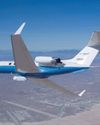
Eye in the Sky
An interview with Joe Piotrowski
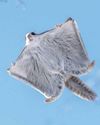
Airborne Animals
Humans have taken to the skies in balloons, gliders, and airplanes-but we're not alone among the clouds. Animals of all sorts have evolved to harness wind power.
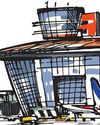
TAKING OFF
The Wright brothers expected airplanes to “take off,” but even they might be amazed at the way the airline industry has become big business. In the past, it was expensive to send something by plane.

GROWTH OF AN INDUSTRY
After their historic flight at Kitty Hawk in 1903, Wilbur and Orville Wright returned to Dayton, Ohio. They spent the next few years making adjustments and building additional versions of their powered aircraft in their bicycle shop.
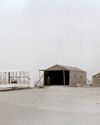
WHY KITTY HAWK?
The Wright brothers searched carefully for the best place to test their gliders and flying machines. Their main concern was for good, steady winds. But they also hoped to find a remote location to allow them to perform tests away from the public eye.
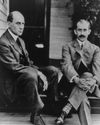
Two Brothers From Ohio
Most people do not realize that the Wright brothers—Wilbur, born in 1867, and Orville, born in 1871—performed various scientific experiments before inventing their aircraft. For as long as anyone in their hometown of Dayton, Ohio, could remember, the Wright boys had worked on mechanical projects.
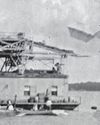
A Helping Hand
May 6, 1896. A group of people who had gathered beside the Potomac River, just south of the U.S. capital, grew quiet. Then, it erupted in cheers as a small, unmanned aircraft took to the skies and flew for more than half a mile. The flight came seven years before the Wright brothers’ first manned, powered flight. The inventor of the aircraft was Dr. Samuel Pierpont Langley.
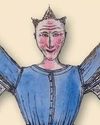
THE IDEA MEN
People dreamed of flying thousands of years before the Wright brothers found success near Kitty Hawk, North Carolina. These dreamers, such as Leonardo da Vinci, studied birds flying and imagined how humans might do the same—if only they had wings. Other men developed a more hands-on approach to the topic. Early inventors made wings of cloth, glue, and feathers and tied these creations to their arms in an attempt to imitate nature.
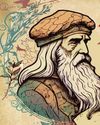
Da Vinci's 4 Designs
Have you ever wondered how a bird flies? Leonardo da Vinci (1452–1519) did. He thought that understanding how a bird flies would provide the key to human flight. So, what did da Vinci learn from birds?
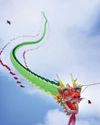
Silken Wings
Seven hundred years before the Wright brothers began experimenting with human flight, the Chinese had already mastered its secrets—with kites.